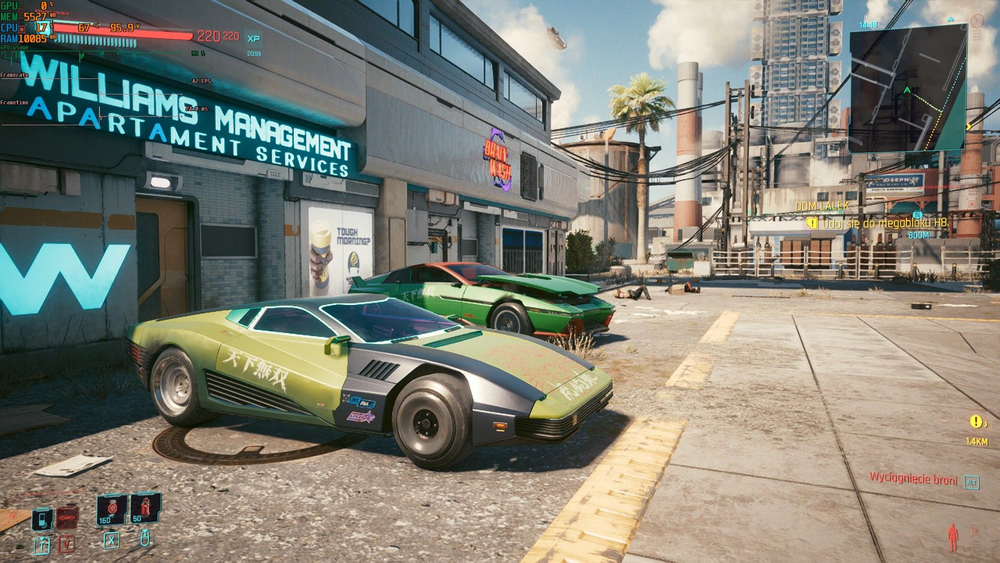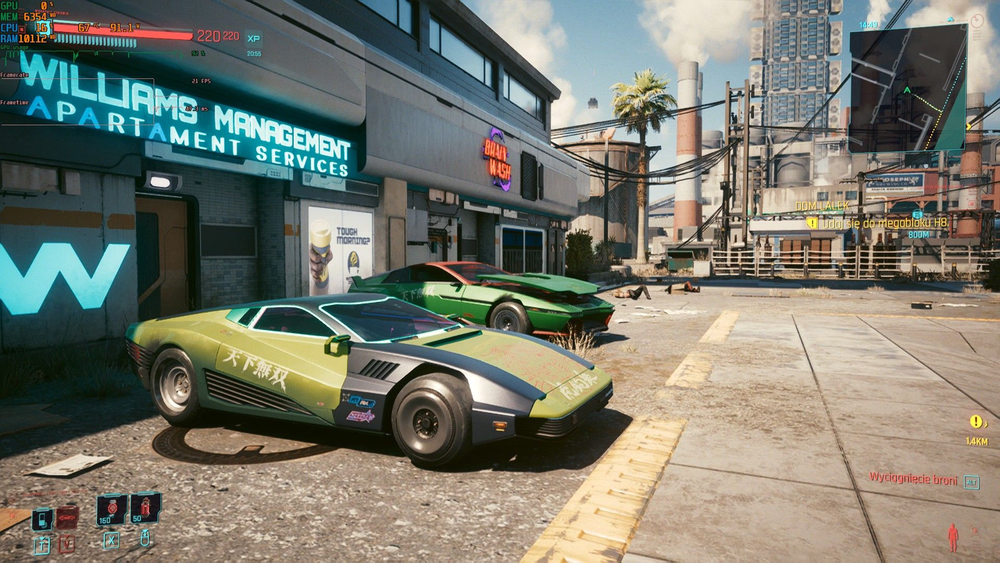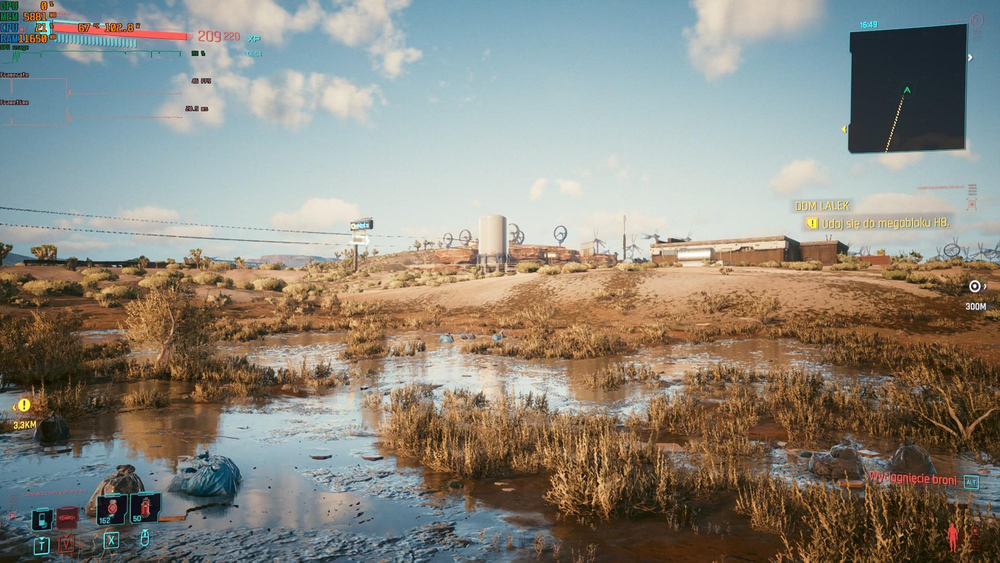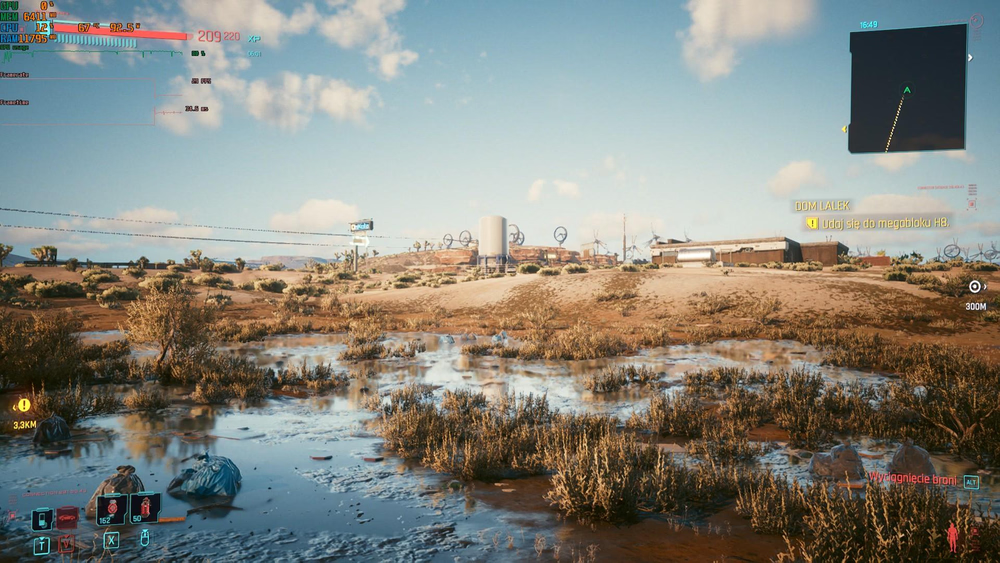Ray tracing and API scaling on Intel Arc A380
After my initial benchmarks of Intel Arc A380 GPU I've decided to double check some of the results - mainly checking API scaling and getting more ray tracing data.
Ray Tracing

World of Warcraft has simple ray-traced shadows that show up mostly in some newer zones. In my initial benchmark Dalaran had a 44% performance drop while trees in Bastion had nearly none. I've tested a different view in Bastion as well as other spots in the game and the performance drop tends to confirm.
What's worth noting are crashes - the game crashed when I wanted to turn raytracing on near a local light source casting shadows - in Maldraxxus arena and near glowing lava in The Maw. It works fine on an RTX card.

Similar performance drop with DXR on can be seen in Cyberpunk, although this card isn't something intended for ray tracing in AAA games. All ray tracing options were enabled while the lighting was set to medium:

API Scaling
Intel is still somewhat behind when it comes to the older apis. DX 9 will be done over a DX 12 sudo-driver, while DX 11 is still unknown. World of Warcraft allows running the game in DX 12 mode as well as optimized DX 11 (multithreaded) and legacy
DX 11 mostly for the oldest supported hardware.
When running in DX 11 the frame times consistency gets way worse. You can see 1% and 0.1% low FPS dropping way more. On legacy DX 11 and DX 12 it did not happen:

DX 11 legacy does drop performance in some benchmarks, likely where there is more draw calls to schedule. Overall the performance seems comparable between DX 12 and DX 11 aside of those frame times problems on DX 11.




Comment article